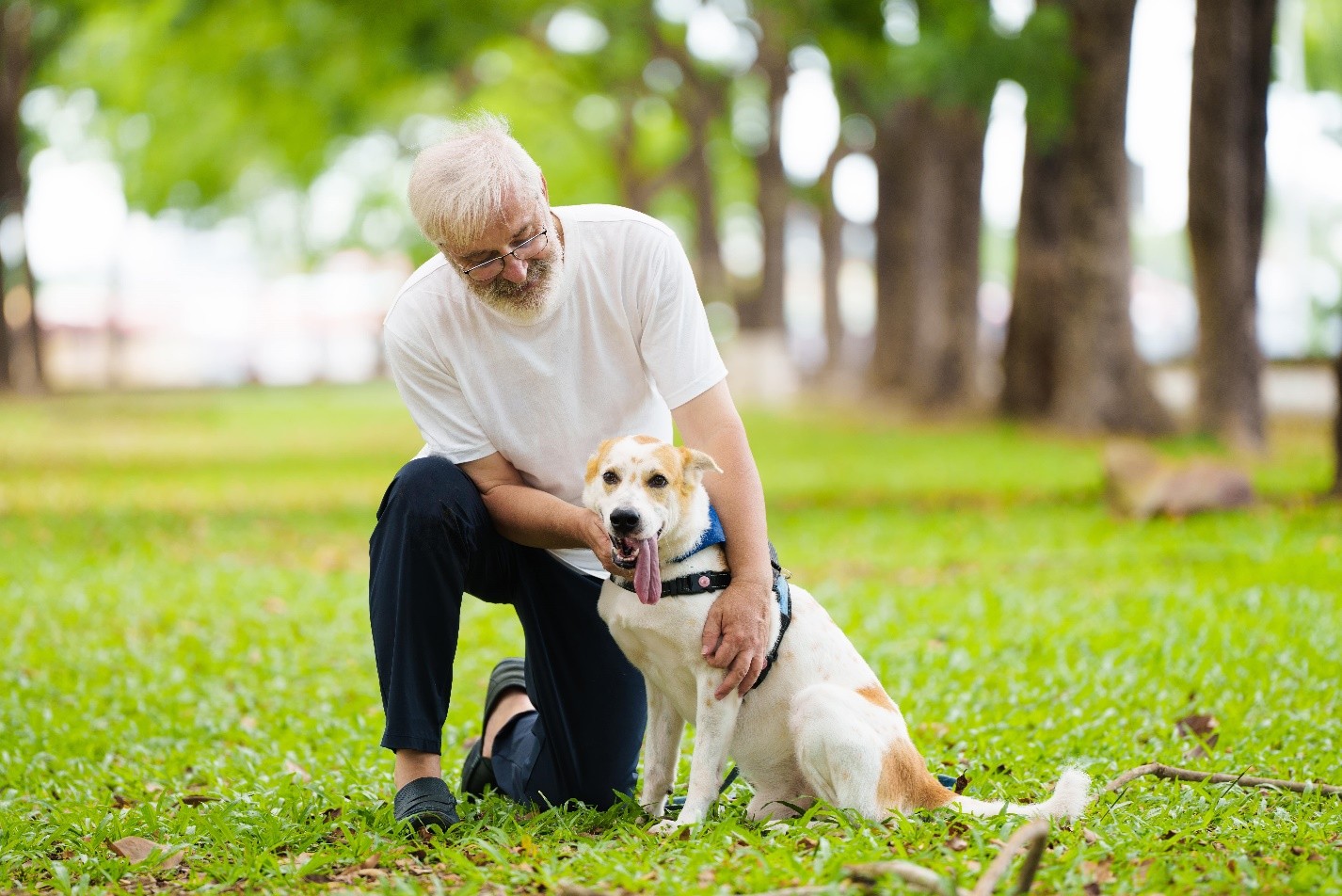The phrase “you can’t teach an old dog new tricks” is one of the most common misconceptions about canine learning. In reality, dogs of all ages have the ability to learn, adapt, and develop new skills. While training a senior dog comes with unique challenges, it can also be an incredibly rewarding experience for both the dog and their owner. Marissa Corbett of Shamong New Jersey, like many dog lovers, understands that training is a lifelong journey that should never be limited by age.
Understanding the Aging Canine Brain
Just as humans continue learning throughout their lives, dogs retain cognitive flexibility well into their senior years. While their ability to absorb new information may slow slightly, they are still capable of forming new neural connections. Mental stimulation remains crucial for older dogs, as it helps delay cognitive decline and keeps their minds sharp. Teaching new tricks, commands, or even reinforcing old behaviors can be a way to maintain their mental acuity and strengthen the bond between dog and owner.
One of the biggest differences between training a puppy and an older dog is motivation. Puppies are naturally curious and eager to explore, while senior dogs may need more encouragement and patience. This doesn’t mean they are unwilling to learn; it simply requires a training approach that aligns with their pace and comfort level.
Adapting Training Techniques for Senior Dogs
Every dog is different, and training techniques should be adjusted based on the individual dog’s physical health, temperament, and past experiences. Senior dogs may have joint pain, hearing loss, or vision impairment, which means their training must be tailored to their specific needs. For instance, if a dog has difficulty hearing, hand signals can be used instead of verbal commands. If mobility is an issue, training should focus on tricks and activities that do not put unnecessary strain on their joints.
Patience and consistency are key when working with older dogs. Unlike younger counterparts who may quickly respond to training, senior dogs might take longer to grasp new concepts. However, repetition and positive reinforcement can yield excellent results. Gentle praise, treats, and affection can encourage them to engage in training sessions without feeling overwhelmed or frustrated.
Building Confidence Through Training
Older dogs, especially those that may have been adopted later in life, can sometimes struggle with confidence issues. They may have been trained with outdated or harsh methods in the past, leading to hesitation or anxiety when faced with new tasks. Training that focuses on building confidence rather than strict obedience helps them feel secure and engaged.
One way to boost confidence is through reward-based training. Using high-value treats and enthusiastic praise can help a senior dog associate training with positive experiences. Small successes should be celebrated, as they encourage the dog to keep trying. For dogs that have lost interest in training, starting with simple and enjoyable activities, such as scent work or puzzle games, can reignite their enthusiasm.
Strengthening the Bond Between Dog and Owner
Training is not just about teaching commands; it is an opportunity to deepen the connection between dog and owner. Senior dogs, especially those that have been in a household for many years, thrive on interaction and companionship. Engaging them in training exercises strengthens trust and reinforces their place in the family.
For older dogs that may have slowed down physically, interactive training games can be a wonderful alternative to high-energy activities. Teaching tricks like “touch” or “find it” can be both stimulating and rewarding. These activities require mental focus without putting unnecessary strain on their body, making them ideal for older dogs.
Overcoming Challenges in Senior Dog Training
One of the common concerns with senior dog training is stubbornness. While it may seem like an older dog is ignoring commands, the issue is often a lack of motivation or physical discomfort. Some senior dogs may take longer to respond simply because they are processing information at a slower pace. Understanding and adjusting expectations is essential to creating a positive training experience.
Health conditions can also impact training progress. Arthritis, vision impairment, or cognitive dysfunction syndrome (similar to dementia in humans) can all affect a senior dog’s ability to learn. Regular vet check-ups can help identify any medical conditions that may be hindering training efforts. If a dog struggles with joint pain, short and gentle training sessions can prevent discomfort while still providing mental stimulation.
Consistency is another key factor in senior dog training. Just like with younger dogs, routine and repetition help reinforce new behaviors. Keeping training sessions short, frequent, and engaging can prevent frustration for both dog and owner. Additionally, creating a distraction-free environment ensures that the dog can focus without unnecessary stress.
Training is a Lifelong Journey
Dogs thrive on structure, routine, and engagement. Training should not stop simply because a dog has reached a certain age. In fact, introducing new activities and learning experiences can help maintain their enthusiasm and prevent cognitive decline. Senior dogs still have plenty to offer, and giving them opportunities to learn enhances their quality of life.
For those hesitant about training an older dog, it’s important to remember that patience and persistence are the keys to success. By using positive reinforcement and adapting to the dog’s individual needs, training can be both enjoyable and beneficial. Whether it’s learning a new trick, reinforcing basic obedience, or simply engaging in interactive play, the process of teaching an old dog new tricks is entirely possible—and incredibly rewarding.
